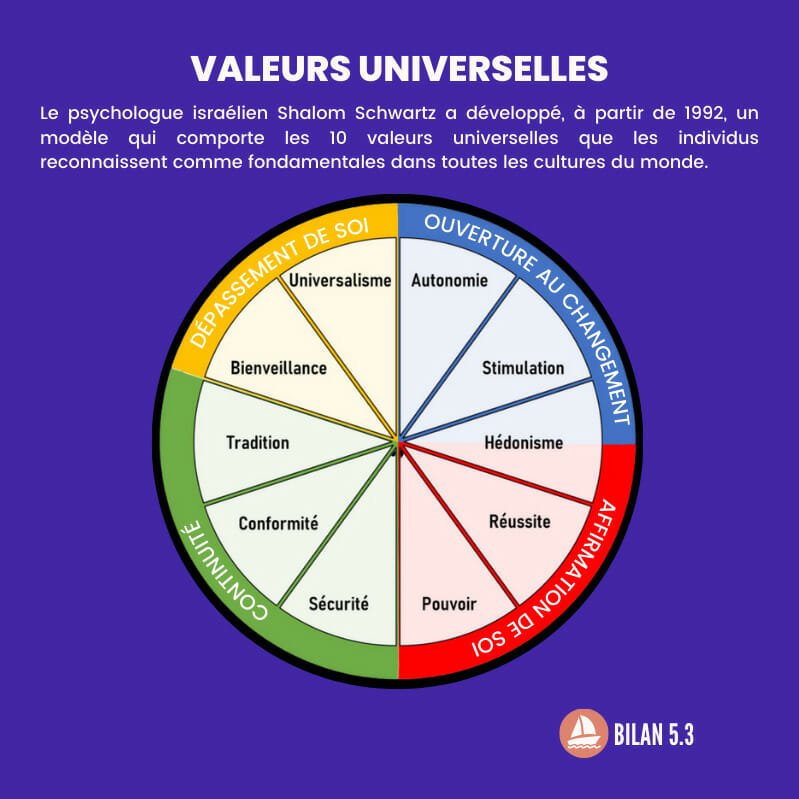An attachment disorder in early childhood may explain difficulties in adulthood.

- The type of attachment (secure, ambivalent, avoidant or disorganized) is built during the first five years of a child’s life but has long-term consequences.
- According to psychiatrist John Bowlby, if a parent responds to their child’s needs, they will develop a secure attachment. Conversely, attachment can become insecure and prevent the child from properly controlling his emotions.
- In adulthood, if the type of attachment is disabling on a daily basis, it is possible to work on it.
The type of attachment, whether secure, ambivalent, avoidant or disorganized, is considered to be built during the first five years of a child’s life. However, we rarely talk about its consequences in adulthood when it can explain certain problems, in particular relational.
Understanding Bowlby’s Attachment Theory
The discoveries of the English psychiatrist on the attachment which leads a baby to satisfy his needs through his attachment figure, generally his mother, have made it possible to explain certain behaviors in the youngest.
It is thus considered that if a parent responds adequately to the needs of his child, he will generally develop a secure attachment. On the other hand, if the interactions between the mother and her baby take place without real affective sharing, the attachment can become insecure and prevent the child from properly controlling his emotions.
Some types of attachment have consequences in adulthood
The attachment with his mother impacts the whole life of the child, in particular in the management of his emotions, his social relations or even in the face of the unknown and the novelty.
When an adult has suffered from an avoidant attachment, it means that he has not integrated his environment as being a secure base and that he limits himself in the event of novelties. Beneath a calm and predictable appearance, these adults can break down and suffer from severe depressions.
In case of ambivalent (or anxious) attachment, the child could not trust the regularity of the reactions of his parents, which he reproduces in adulthood with often very chaotic social relations and dependence. excessive to others.
As for children suffering from disorganized attachment, they often present atypical and contradictory behaviors. These unpredictable, often chaotic reactions pursue him into adulthood with great consequences on a daily basis.
How to heal from attachment
Even in adulthood, however, it is possible to work on your attachment, especially if it is disabling on a daily basis. The fact of choosing a secure partner and becoming aware, very often with the help of a therapist, of one’s own functioning, helps to better identify situations in order to change one’s own perception of things.
Find out more: “Healing attachment wounds: Learning to build peaceful bonds” by Gwénaëlle Persiaux.















